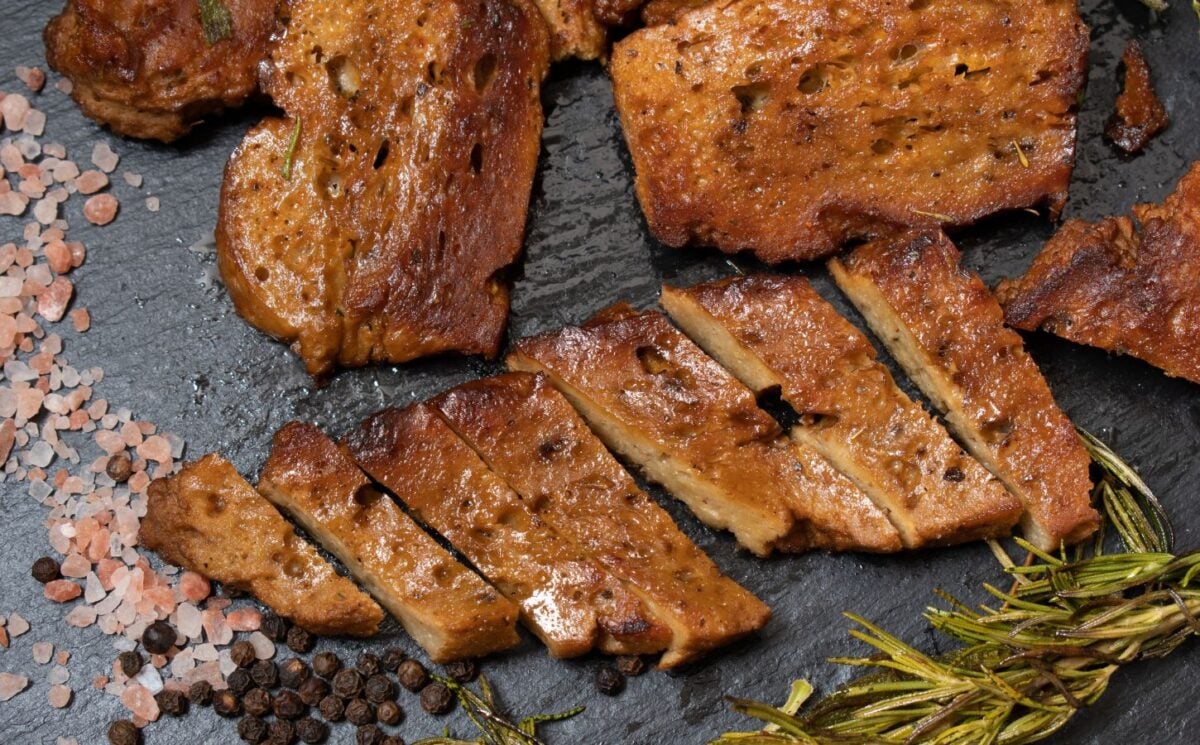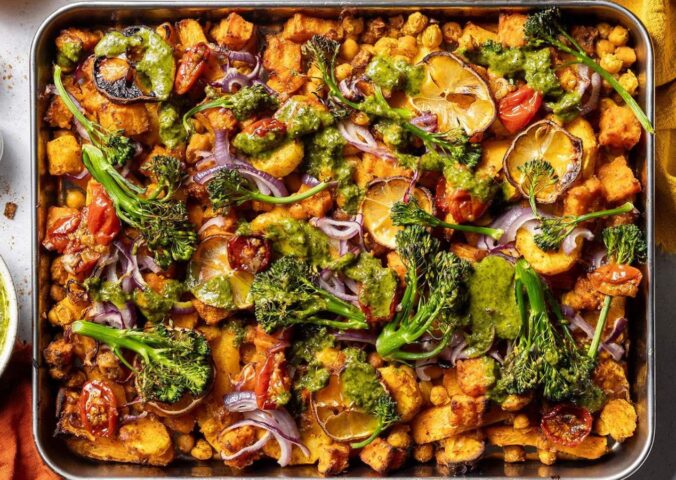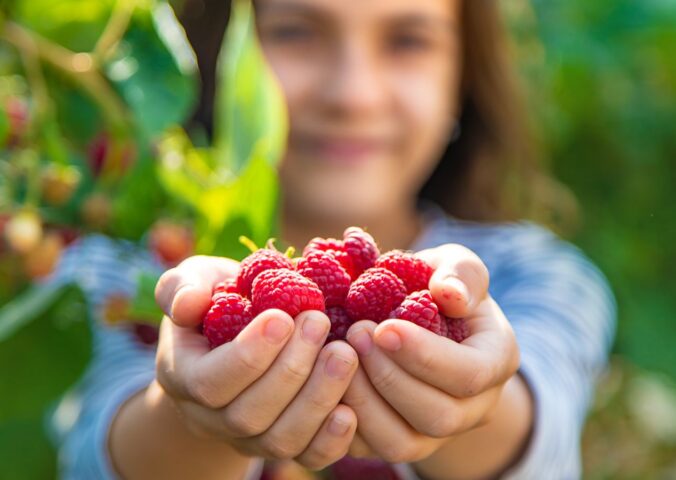New Seitan products are coming to UK supermarkets. But what exactly is seitan? And are there any benefits – or drawbacks – to eating “wheat meat” as part of a well-balanced plant-based diet? Here’s what you need to know.
Read more: Tofoo Releases First Seitan Products To Supermarket Shelves
What is seitan?
Seitan (pronounced “say-tan”) is a nutrient-dense food made from gluten, the primary protein in wheat. Also known as miànjīn, fu, milgogi, or “wheat meat,” seitan is made by mixing flour and water, kneading the dough, and “washing” it until the gluten and starch are separated.
Seitan has been prepared and consumed since the 6th century in China, as well as Japan, Vietnam, and other East Asian countries.
Part of seitan’s popularity is its versatility, and most chefs and home cooks who cook wheat meat with any regularity will have their own spin on a recipe. For example, where Temple of Seitan blends its wheat gluten with tofu, others (like Bristol’s Kabala Kitchen) might include red beans to keep the texture tender, or chickpea flour for added nutrients.
Read more: Vegan Cheese Brand ‘Sheese’ Unveils Major Rebrand – And New Recipe
Seitan also has a very “meaty” texture, especially when compared with other traditional meat-free proteins like tofu and tempeh. It is just as versatile, and also ideal for soaking up marinades and seasonings, but its hearty, firm texture makes it a particularly popular meat replacement.
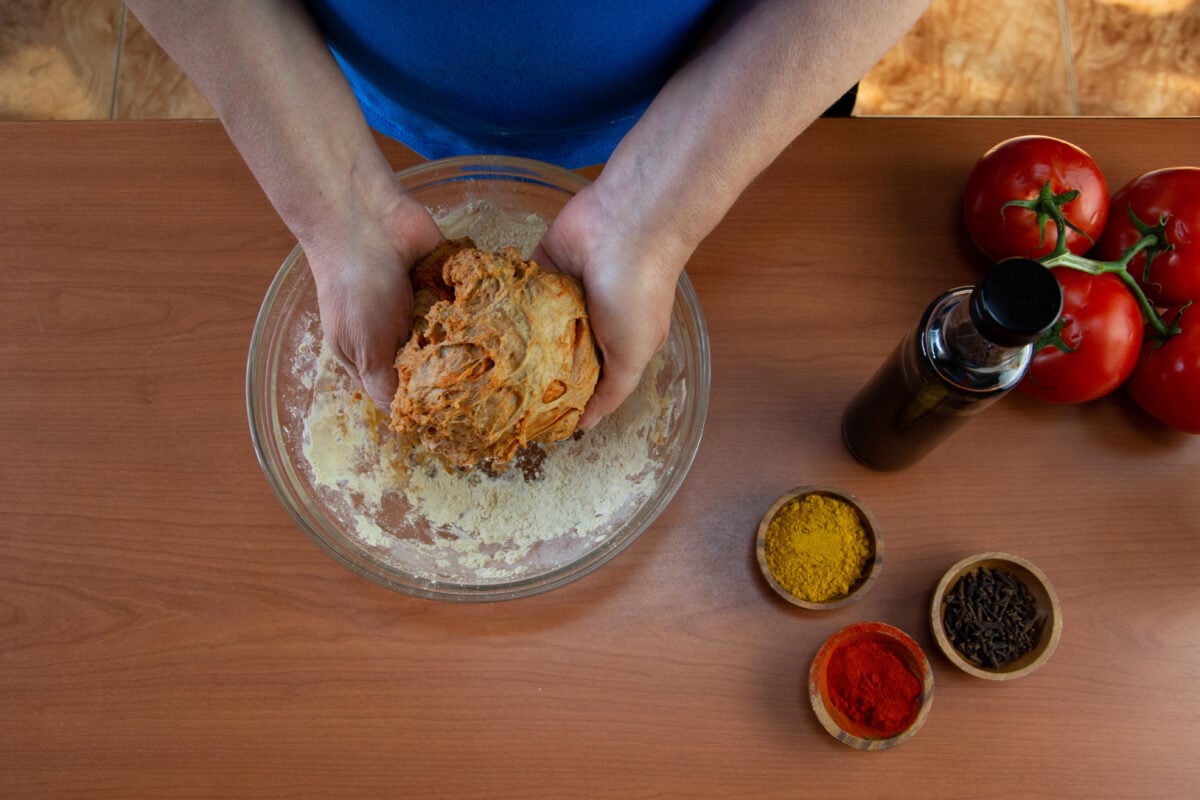
“Seitan has a mild flavor that resembles chicken more than any other meat, but the texture is what makes it an ideal substitute for meat,” Trista Best, a Registered Dietician and Environmental Health Specialist, tells Plant Based News (PBN).
What are the nutritional benefits of eating more seitan?
According to Healthline, a single 28g serving of vital wheat gluten, the primary ingredient in seitan, contains 21 grams of protein to four grams of carbohydrates, as well as selenium, iron, phosphorus, calcium, and copper.
“Seitan is an excellent vegan source of protein, calcium, iron, selenium, […] and phosphorus,” confirmed Catherine Rall, a Registered Dietician, speaking to PBN.
“While you can make your own at home, it’ll be much easier for the average consumer to buy some. That being said, it’s also expensive,” she added. “It’s about as expensive as high-end meats. It’s definitely more cost-effective to make your own.”
Making your own also ensures you know exactly which ingredients are going in, allowing you to maximize nutrients. For example, pure wheat gluten-based seitan does not contain much lysine, one of the nine amino acids that the human body needs to take in via food.
However, because red beans do contain lysine, making a bean-and-gluten mix will make your seitan recipe a source of all nine amino acids and add both protein and fiber – and make the final texture more tender and moist.
What are the other benefits of seitan?
Since soy is one of the most common ingredients in plant-based foods and one of the most common serious food allergies, seitan offers an affordable, nutritious, and soy-free alternative to both traditional animal products and tofu.
Countless studies show that plant-based proteins are more sustainable than traditional meat, and seitan is no exception. In fact, one study found that seitan’s carbon footprint is just under 130 times lower than beef – a huge saving considering food production’s impact on the climate crisis.
Research carried out by former vegan brand LoveSeitan and Thrust Carbon in 2021 compared seitan directly to beef and found that producing wheat meat created 46.6kg of CO2e (CO2 equivalent) per 100kg compared to 6,000kg per 100kg of beef.
Furthermore, growing the wheat that makes the seitan – as well as the beans or tofu added in – consumes far less land and far less water than animal products. A single pound of beef requires around 1,800 gallons of water, compared to 500 gallons for a pound of seitan.
Meanwhile, a single kilocalorie of beef or lamb requires 100 times as much land compared to most plant-based alternatives, including seitan. In addition to its various environmental and nutritional benefits, seitan is free from the animal cruelty often found in animal farming.
New products could bring seitan to the mainstream
Following a collaboration between the popular brand Tofoo and London’s very first vegan chicken shop, Temple of Seitan, two new seitan products came to UK supermarkets in May 2024.
The companies launched “Original Seitan,” a chicken-flavored block made using the same recipe as Temple of Seitan’s chicken shops, as well as “Pepperoni Seitan,” which Tofoo describes as a “smoky and spicy” version of the plant-based meat.
Temple of Seitan is known to blend its in-house seitan with tofu for a light, juicy texture, making the collaboration with Tofoo, best known for its various tofu products, a logical fit. While Tofoo already offers tempeh alongside tofu blocks, pieces, strips, and scrambles, this will be the first time the brand has incorporated seitan into its growing range.
Furthermore, while seitan has been a go-to vegan meat for home cooks and restaurants for decades, these products will be among the first to launch in supermarkets. Both flavors are launching at Waitrose stores, while Original flavor will also be available from Tesco.
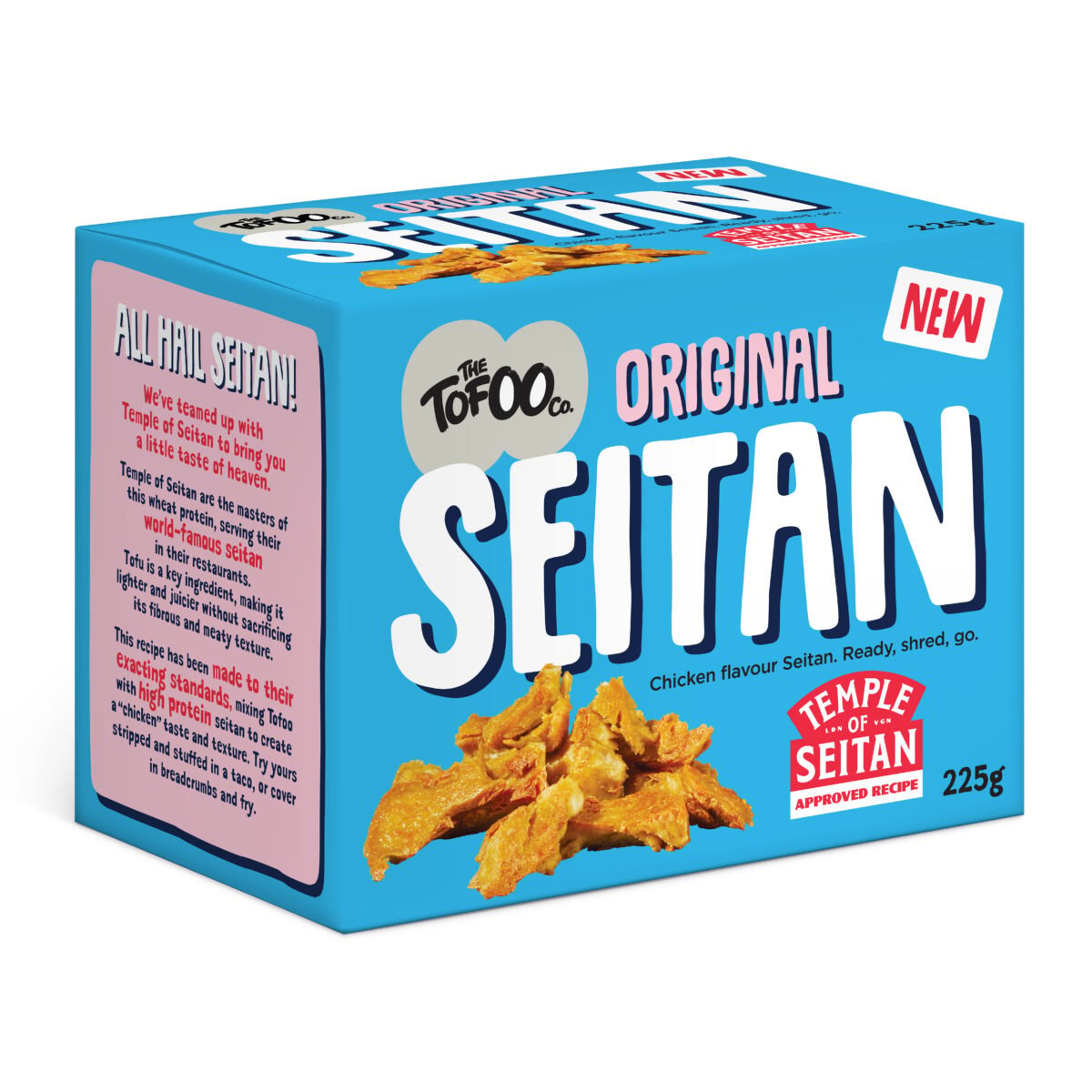
“Consumers are looking for products that offer more versatility,” noted The Tofoo Co’s MD Dave Knibbs in a statement. “[The] Seitan lines offer shoppers the scratch-based cooking and health benefits they are craving, whilst also providing a meatier texture than tofu and tempeh that will appeal [to] flexitarians and omnivores.”
Read more: Does Meat Really Provide All Nutrients You Need? Top Carnivore Myths Debunked
Are there any downsides to seitan?
As noted earlier, precise nutritional information including benefits and drawbacks varies from brand to brand and recipe to recipe, but there are a couple of key things to be mindful of.
Number one is that seitan is not suitable for folks with celiac disease (an autoimmune condition triggered by gluten consumption) or anyone with a gluten-related disorder. For example, some people with IBS also report a worsening of symptoms after eating wheat.
“There are two potential health drawbacks to seitan: First, it’s made almost entirely of gluten. If you’re gluten intolerant, this stuff is not for you. Second, depending on how it’s made, it can also be high in sodium,” noted Rall.
To learn how to make your seitan, check out some of PBN’s recipes, including a seitan pot roast, vegan roast beef, and a whole roast ‘chicken’ made with a tofu-seitan blend.
